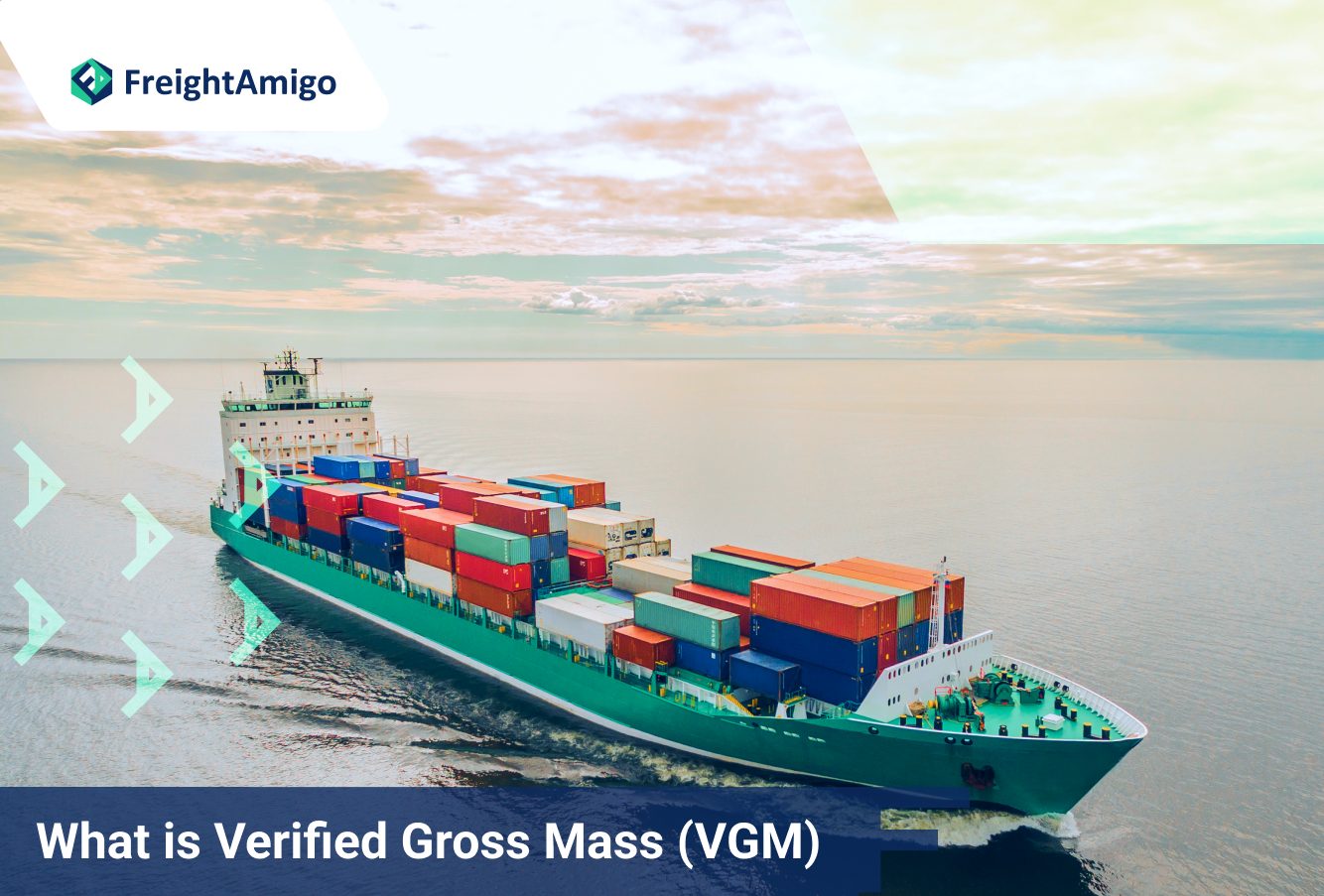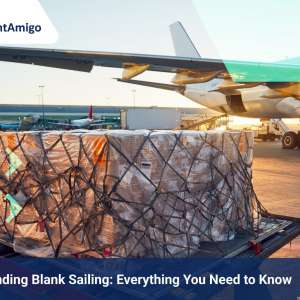What is Verified Gross Mass (VGM)?
Latest update on 25 March, 2024 by Aurora Park– Marketing Analyst at FreightAmigo
The maritime industry plays a vital role in global trade and logistics, with millions of containers being shipped across the seas each year. Ensuring the safety and stability of these containers is of utmost importance to prevent accidents and protect both people and cargo. One crucial aspect of container safety is the verification of the container’s gross mass, commonly known as Verified Gross Mass (VGM). FreightAmigo has written a comprehensive article that explores the significance of Verified Gross Mass (VGM) in ensuring container safety within the maritime industry. In this article, we will delve into the details of VGM, its significance, and the processes involved.
Want To Compare The Best Express, Air Freight, Sea Freight, Rail Freight & Trucking Rates So As To Have Better Control On Cost?
Introduction to Verified Gross Mass (VGM)
The Verified Gross Mass refers to the total weight of a packed container, including its cargo, dunnage, and any securing materials. It is a crucial parameter that allows shipping lines, port terminals, and vessel operators to accurately assess the weight distribution and stowage plans. The International Maritime Organization (IMO) recognized the importance of VGM and introduced the Verified Gross Mass amendment to the Safety of Life at Sea (SOLAS) convention, which came into effect on July 1, 2016.
Why is Verified Gross Mass (VGM) Important?
The accurate determination of the container’s weight is vital for multiple reasons:
Safety at Sea
One of the primary reasons for implementing the VGM requirement is to enhance safety at sea. Overweight containers can cause accidents, including container stack collapses, vessel instability, and even capsizing. By ensuring that containers comply with weight limits, the risk of such incidents is significantly reduced.
Proper Storage and Balance
Proper storage and weight distribution are critical for the stability and structural integrity of a vessel. The VGM information helps vessel operators plan the storage of containers on board, ensuring that the weight distribution is within acceptable limits. This contributes to safe navigation, mitigating the risk of accidents and damage to the ship, crew, and cargo.
Occupational Safety
The handling of overweight containers poses significant risks to dockworkers and terminal operators. By providing accurate VGM data, workers can make informed decisions about how to handle and secure containers, minimizing the risk of accidents, injuries, and even fatalities.
How is Verified Gross Mass (VGM) Determined?
The process of determining the Verified Gross Mass involves weighing the packed container using one of two methods:
Method 1: Weighing the Packed Container
In this method, the entire packed container is weighed using calibrated and certified weighing equipment. This can be done either at the shipper’s facility or at a designated weighing station. The weight obtained through this method includes the cargo, dunnage, and any other materials within the container.
Method 2: Weighing the Contents and Container Tare Weight
Alternatively, the VGM can be determined by weighing the cargo and any additional materials separately from the container. The weight of the container, known as the tare weight, is obtained from the container’s manufacturer or an authorized entity. The weight of the cargo and the tare weight are then added together to calculate the VGM.
VGM Implementation Challenges
The implementation of the Verified Gross Mass requirement has presented certain challenges to the shipping industry. Some of the key challenges include:
Weighing Infrastructure
The availability and accessibility of weighing infrastructure at ports and terminals vary across different regions. In some cases, the lack of adequate weighing facilities can pose challenges for shippers to obtain the VGM within the required timeframe.
Communication and Coordination
Effective communication and coordination between shippers, carriers, and terminal operators are crucial for the smooth implementation of VGM requirements. Any breakdown in communication can lead to delays, non-compliance, and disruptions in the supply chain.
Education and Awareness
Ensuring that all stakeholders involved in the logistics process are aware of the VGM requirements and their responsibilities is vital. Education and training programs can help address any confusion or lack of understanding, promoting compliance and safer shipping practices.
Conclusion
The Verified Gross Mass requirement introduced by the IMO has significantly enhanced container safety and contributed to the overall well-being of the maritime logistics industry. FreightAmigo understands the importance of compliance with the Verified Gross Mass (VGM) requirement and its positive impact on container safety within the maritime industry. By accurately determining the weight of packed containers, the risk of accidents, vessel instability, and injuries to workers is minimized.
There Are Different Options For Cargo Transportation. If You Want To Choose The Most Convenient And Suitable Solution, It Is Best To Have The Full Support Of Logistics Experts! If You Are Planning To Ship Goods Overseas, Please Go To The FreightAmigo Page For Inquiries.
Read More:
What is Feeder Service | FreightAmigo
What is Rolled Cargo | Comprehensive Guide | FreightAmigo
Leveraging Data for Informed Credit Decisions | FreightAmigo
If you have any inquiries on logistics/supply chain, feel free to contact FreightAmigo now:
Chat with us online | Hotline: +852 28121686 | WhatsApp: +852 27467829









































